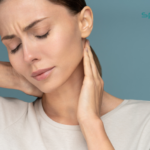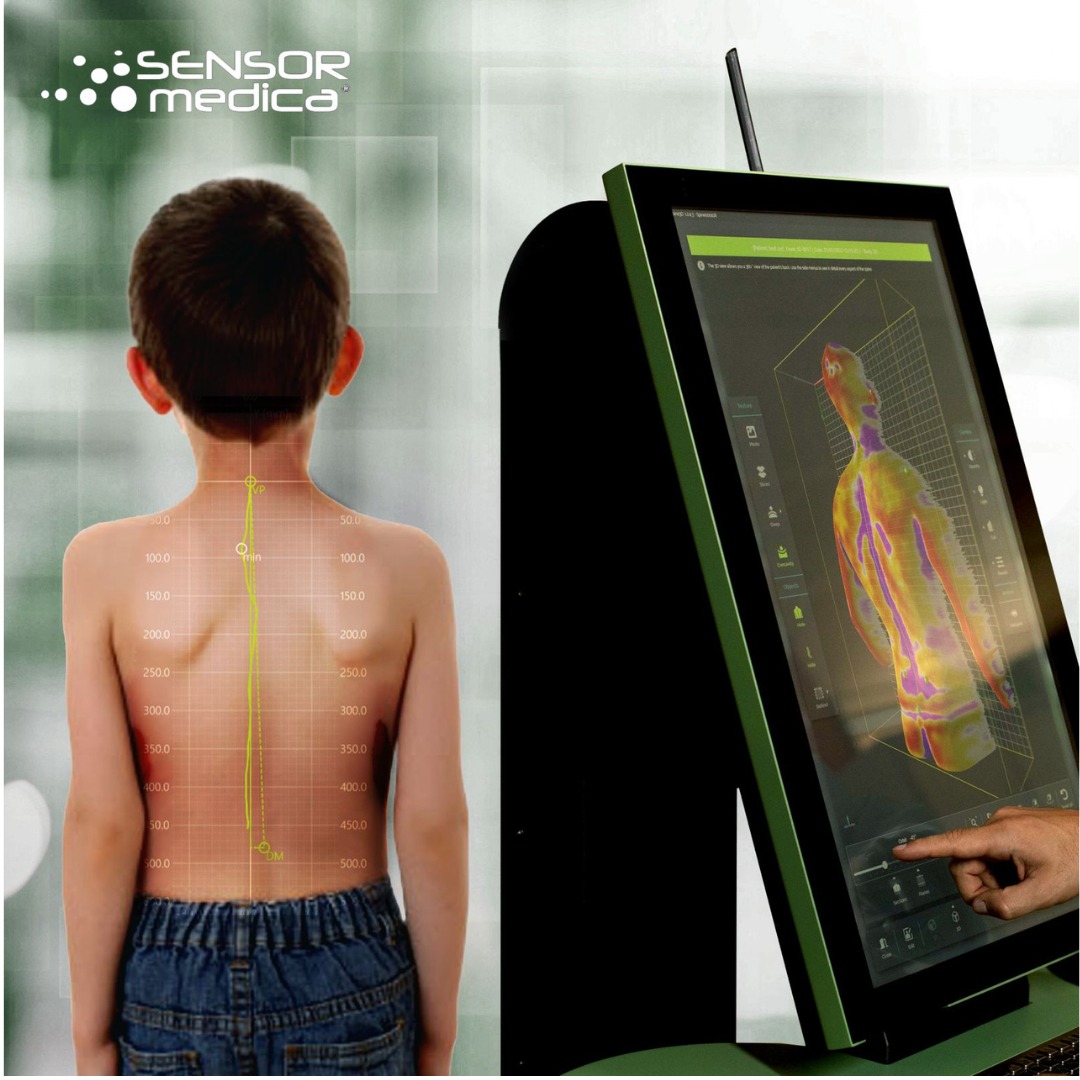
Neck pain: some useful information
- admin
- October 7, 2022
- Neck
- Arthritis, Cervical, Fibromyalgia, Injuries, Ligaments, Meningitis, Muscle spasms, Neck, Pain, Stenosis, Torticollis
- 0 Comments
Neck pain is a very common reason for a medical examination. Very often the pain results from problems in the musculoskeletal system, i.e. the spinal column. In some cases, the only consequence is some pain, but it is also possible to generate low back pain. Neck pain caused by meningitis, on the other hand, is very rare. And in any case, it is absolutely not a musculoskeletal problem.
The neck has the fundamental task of keeping the head straight. Incorrect posture can therefore lead to discomfort and pain. Discomfort that clearly becomes more frequent with advancing age.
The neck and spinal column
The part of the spinal column located in the neck is called the cervical spine. It consists of seven vertebrae separated by discs of gelatinous material and cartilage. Inside, the cervical spine contains the spinal cord from which the connections to the rest of the body branch off. The neck plays a very important role because its muscles and ligaments support the spine.
Neck pain can result from damage to bones, muscles, discs or ligaments, but – depending on what we have just said – it can also be caused by nerve or spinal cord damage. A spinal nerve root can become compressed in the event of a spinal cord injury, generating a variety of complications, such as pain or weakness, numbness and tingling in one arm. Spinal cord compression can cause numbness and weakness in both arms and legs. This is uncommon, but it can also result in loss of bladder and bowel control.
Common causes for neck pain

We do not give a detailed list of all causes of neck pain, but only a small indication of the most frequent ones.
Muscle spasms: very common and can also occur following a minor injury.
Arthritis: in this case we are mainly talking about osteoarthritis.
Cervical spondylosis: the vertebrae of the neck and the discs degenerate, very often due to the onset of Osteoarthritis, and the nerves emerging from the vertebrae may be compressed.
Cervical spinal stenosis: when the spinal canal narrows and the spinal cord is compressed as a result.
Ruptured or herniated disc: when a disc is compressed several times by the vertebrae above and below, the outer layer may tear, causing pain. The inner part of the disc may tear out and in this case we have a herniated disc.

Injuries to muscles and ligaments: these usually occur in everyday movements, what we would call the most mundane, or as a result of trauma or a fall. They are often not visible on imaging and only the doctor’s experience can presume such injuries.
Fibromyalgia: chronic widespread pain in the muscles that very often can also include the neck.
Spasmodic torticollis: this is a type of severe spasm of a specific muscle in the neck that causes the head to tilt and rotate into an abnormal position. Compared to the other causes of neck pain, it is less frequent.
In any case, always remember the rule of thumb: consult a specialist, because no pain should ever, EVER be neglected.






